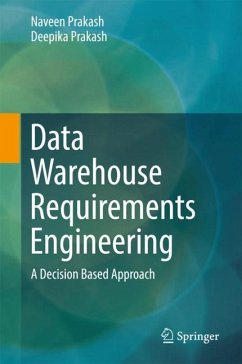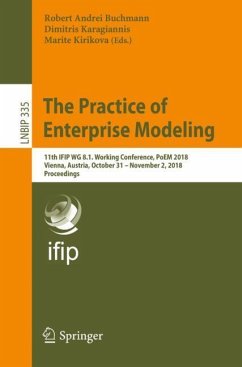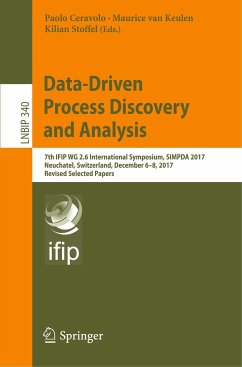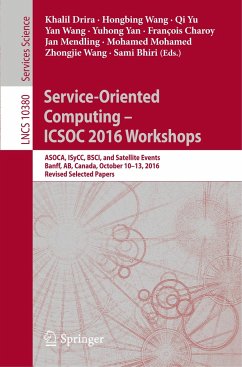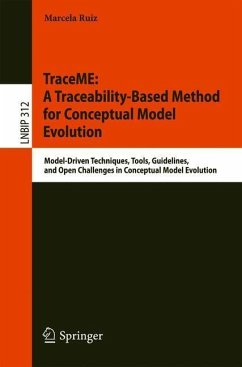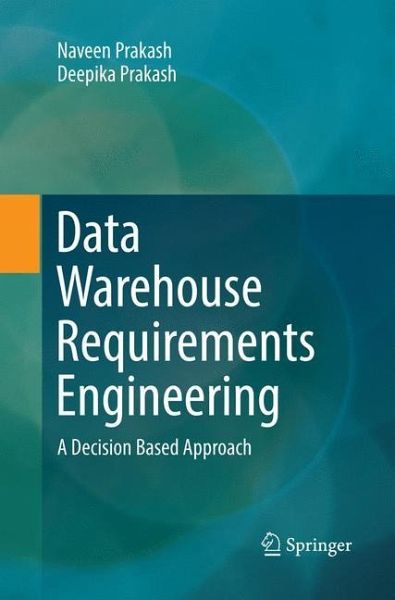
Data Warehouse Requirements Engineering
A Decision Based Approach
Versandkostenfrei!
Versandfertig in 6-10 Tagen
46,99 €
inkl. MwSt.
Weitere Ausgaben:

PAYBACK Punkte
23 °P sammeln!
As the first to focus on the issue of Data Warehouse Requirements Engineering, this book introduces a model-driven requirements process used to identify requirements granules and incrementally develop data warehouse fragments. In addition, it presents an approach to the pair-wise integration of requirements granules for consolidating multiple data warehouse fragments. The process is systematic and does away with the fuzziness associated with existing techniques. Thus, consolidation is treated as a requirements engineering issue.The notion of a decision occupies a central position in the decisi...
As the first to focus on the issue of Data Warehouse Requirements Engineering, this book introduces a model-driven requirements process used to identify requirements granules and incrementally develop data warehouse fragments. In addition, it presents an approach to the pair-wise integration of requirements granules for consolidating multiple data warehouse fragments. The process is systematic and does away with the fuzziness associated with existing techniques. Thus, consolidation is treated as a requirements engineering issue.
The notion of a decision occupies a central position in the decision-based approach. On one hand, information relevant to a decision must be elicited from stakeholders; modeled; and transformed into multi-dimensional form. On the other, decisions themselves are to be obtained from decision applications. For the former, the authors introduce a suite of information elicitation techniques specific to data warehousing. This information is subsequently converted into multi-dimensional form. For the latter, not only are decisions obtained from decision applications for managing operational businesses, but also from applications for formulating business policies and for defining rules for enforcing policies, respectively.
In this context, the book presents a broad range of models, tools and techniques. For readers from academia, the book identifies the scientific/technological problems it addresses and provides cogent arguments for the proposed solutions; for readers from industry, it presents an approach for ensuring that the product meets its requirements while ensuring low lead times in delivery.
The notion of a decision occupies a central position in the decision-based approach. On one hand, information relevant to a decision must be elicited from stakeholders; modeled; and transformed into multi-dimensional form. On the other, decisions themselves are to be obtained from decision applications. For the former, the authors introduce a suite of information elicitation techniques specific to data warehousing. This information is subsequently converted into multi-dimensional form. For the latter, not only are decisions obtained from decision applications for managing operational businesses, but also from applications for formulating business policies and for defining rules for enforcing policies, respectively.
In this context, the book presents a broad range of models, tools and techniques. For readers from academia, the book identifies the scientific/technological problems it addresses and provides cogent arguments for the proposed solutions; for readers from industry, it presents an approach for ensuring that the product meets its requirements while ensuring low lead times in delivery.





